Psycho/1960/Universal/109 min.
For a 51-year-old, “Psycho” looks fantastic.
The 1960 masterwork, perhaps the most famous of all Alfred Hitchcock‘s movies, is still smart, funny and beautiful to watch.
A low-budget, experimental film for Hitchcock (he was greatly influenced by Henri-Georges Clouzot’s “Diabolique” from 1955), “Psycho” wasn’t well received by critics. But the movie was a huge hit with the public and has remained popular ever since. Norman Bates, played by Anthony Perkins, is No. 2 on the AFI’s list of greatest villains, second only to Anthony Hopkins’ Hannibal Lecter. “Psycho” singlehandedly spawned the slasher genre and, together with Orson Welles’ “Touch of Evil” from 1958, also starring Janet Leigh, marks the end of classic film noir.
Leigh plays Marion Crane, a secretary at Lowery Real Estate in sunny Phoenix. On a whim, Marion leaves town with a load of cash – $40,000 from her firm’s client, wealthy good ole boy Tom Cassidy (Frank Albertson). She’s hoping it will pave her way to the altar with her delectable but debt-laden boyfriend Sam Loomis (John Gavin).
Not far into her road trip, she feels pangs of guilt, but before she can turn around and give the money back, she stops at The Bates Motel where she meets uber-polite proprietor Norman and hears his mother screeching from the old dark house next door. After sharing sandwiches with Norman, Marion takes a shower and Norman’s gray-haired mother suddenly appears, knife in hand. It’s one of the most iconic scenes in cinematic history.
Later, Sam, Marion’s sister Lila Crane (Vera Miles), and Detective Milton Arbogast (Martin Balsam) launch a search for Marion. Arbogast perishes as he puzzles over the secrets within the Bates Motel, but eventually Sam and Lila unravel the core of the family craziness. Here’s a hint: It was all Mommy’s fault. Still, she’s a survivor, you might say, who gets the last laugh.
Hitchcock took a chance with first-time screenwriter Joseph Stefano who worked from Robert Bloch’s novel “Psycho.” The book was loosely based, many feel, on real-life Wisconsin serial killer Ed Gein. Stefano, a psychoanalysis aficionado, borrowed liberally from Freud 101 to write his script. (Stefano later became the head writer for the classic TV horror show, “The Outer Limits.”)
Because he worried that the audience would get impatient with not seeing Norman’s mother for so long, Stefano peppered the dialogue with references to mothers so that at least the idea of Mrs. Bates was present. Sam refers to turning a picture of Marion’s mother to the wall; Marion’s office colleague Caroline (Patricia Hitchcock) mentions her mother twice in a brief conversation at the office. [Read more…]
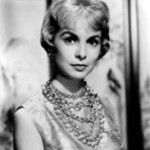








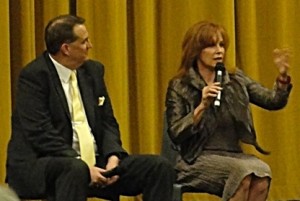

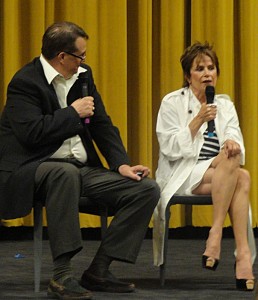
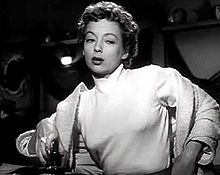
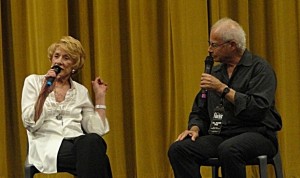
![220px-Loophole[1]](http://www.filmnoirblonde.com/wp-content/uploads/2011/05/220px-Loophole11-196x300.jpg)

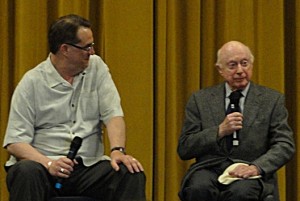
![220px-DamnedDontCry[1]](http://www.filmnoirblonde.com/wp-content/uploads/2011/05/220px-DamnedDontCry11-210x300.jpg)





From FNB readers